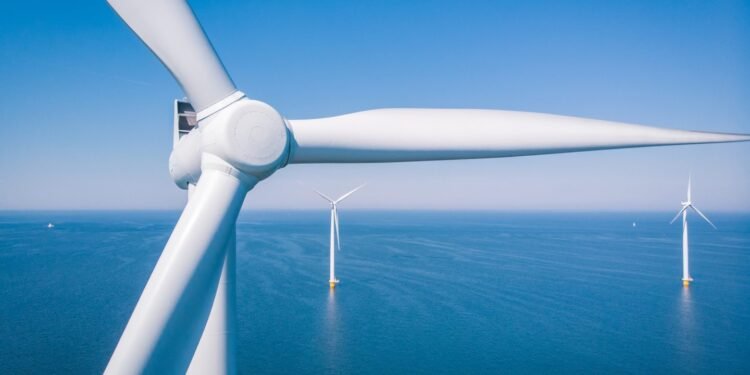The UK government should set specific targets for each form of renewable energy technology in the next phase of contracts auction, Allocation Round 7 (AR7), to meet the country’s 2030 clean energy goals, RenewableUK has said.
In its new report, the trade body called for reforming the Contracts for Difference (CfD) auction process to reflect the realities of the market more accurately, including realistic reference prices and load factors.
The group outlined several reforms to the process, including setting specific targets for each technology in future auctions.
These targets should be set in advance for the next five future auctions and adjusted on a rolling annual basis.
Doing so, RenewableUK said, would provide developers and the supply chain with long-term certainty.
In addition, it called for increasing the length of CfD contracts from 15 to 20 years to reflect the longer lifecycle of modern projects.
Alongside this, the report said the government should offer more flexibility on the year in which developers can deliver their projects.
The release of the AR6 results last week saw a total of 9.6GW across 131 renewable energy projects win CfDs, including over 3.3GW of offshore wind, 3.2GW of solar, 990MW of onshore wind 400MW of floating wind and 28MW of tidal.
However, industry experts have warned that these targets fall short of what the UK needs to add to meet its 2030 targets.
Offshore wind needs to bring in 5.9GW across AR6 to AR9 to procure the 60GW of offshore wind needed by 2030.
Faced with stalling progress, developers have made calls for reforms to the CfD process.
This includes introducing a hurdle rate CfD where bidders have to clear a predefined price to get a deal, or adding more delivery years in the CfD auction.
According to RenewableUK, reforms could both increase the volume of renewable energy procured as well as offering the industry more security and predictability.
RenewableUK chief executive Dan McGrail said: “The new government has set ambitious targets for renewable energy, extending across fixed bottom and floating offshore wind, onshore wind, and solar PV.
“The industry is ready to work with government to achieve these, and the reforms set out in this new report outline practical steps to provide long-term assurance to developers and the supply chain, whilst building on returning investor confidence following this year’s encouraging auction results.
“Several of the proposals can be implemented without major legislative reform in time for the next auction round in 2025, reducing costs whilst ensuring we procure increasing levels of new renewable energy as we look towards 2030 and beyond on our journey to becoming a clean energy superpower.”
Recommended for you




 © Supplied by Renewable UK
© Supplied by Renewable UK






